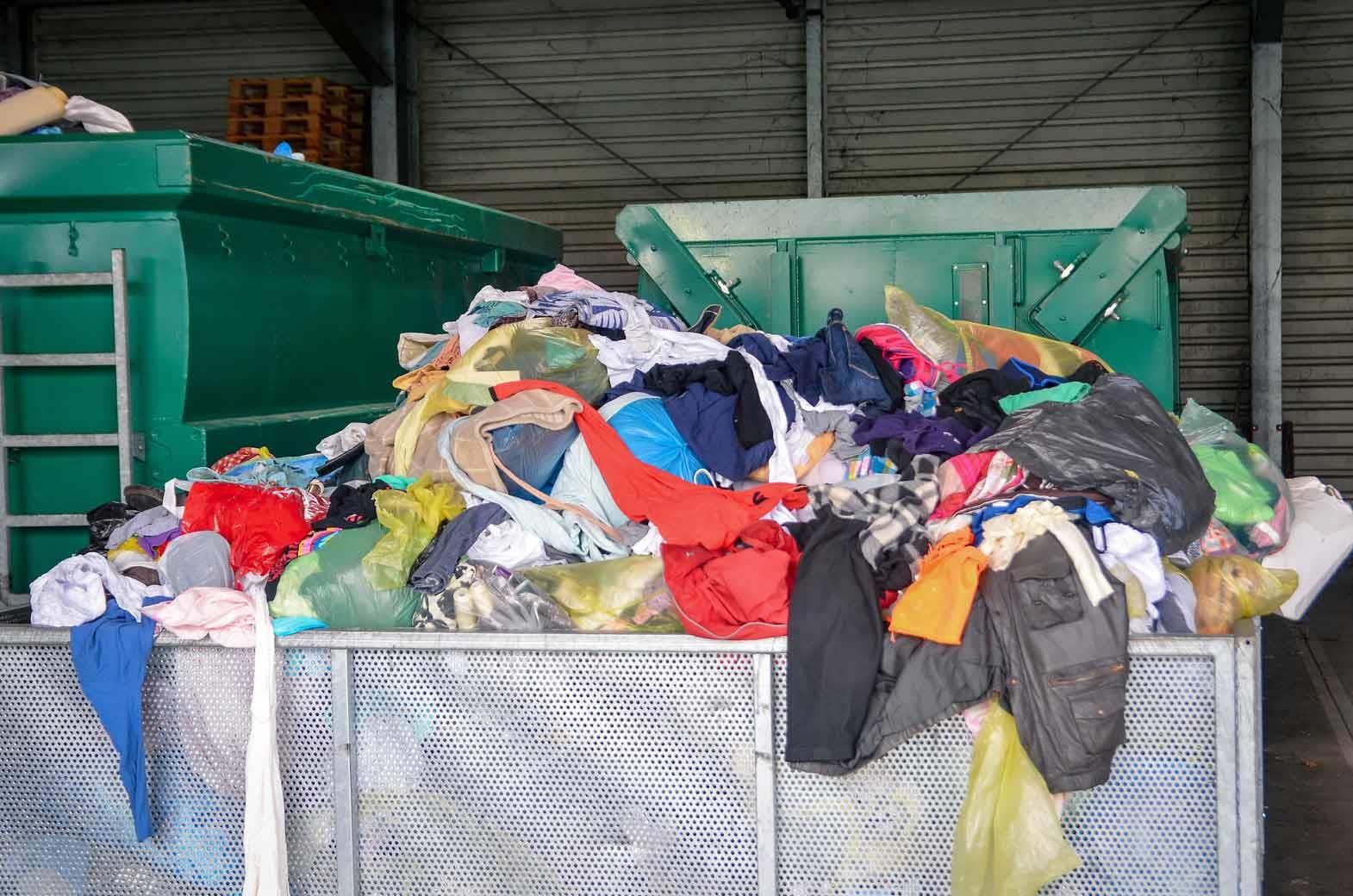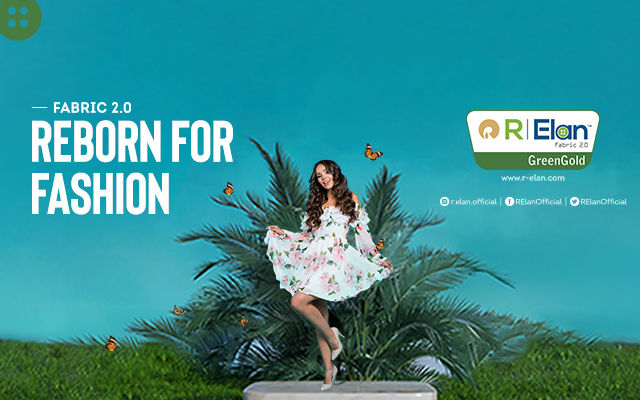If there's one thing that's typically always true about most of the people in the world, it is that they love to dress. With awareness regarding recycling and conserving the environment, the concept of green textile has become popular, consequently, today concept of textile recycling is gaining momentum. Many buyers and also designers do not shy away from using recycled textile raw material to create something fresh. The idea behind recycling textile waste is to make certain that the manufacturing process involved to create something new doesn't end in doing more harm than good to the world's well-being. Today, many people are aware that even when they are dressing to impress the world, they must ensure that their dressing doesn't impact the environment. The textile waste recycling ensures this.
The textile waste is mainly categorised as post-industrial textile waste and post-consumer textile waste. The post-industrial recycling is a common practice and has been there for years. The post-industrial waste includes the by-products from textile like fibres, trimmings left on the cutting room floor in apparel and other textile product manufacturing facilities. Recent years have witnessed a boom in post-consumer textile recycling, as there are several consumer recycling programmes in practice across the world. The post-consumer waste includes waste of fleece, flannel, corduroy, cotton, nylon, denim, wool, and linen, which have already been either used by the consumers. Such products are recycled into a product for the consumer market again.
The textile waste material industries include shoddy manufacturers, who recycle or remanufacture wool; laundry and wiping rag producer, who manufacture recycled rags for cleaning purposes; sorted clothing, which involves used clothing; shredders, who destroy the waste and reproduce it via recycling; garnetters are involved in the garneting process, which includes the recovering of fibres from hard twisted waste, rags and fragments. Under this process the materials return to a fluffy fibrous condition so it can be reused in blends. The process of garnetting involves use of machines. The process includes: sorting used woollens, cutting out the labels in the garments, loading to chopper each stage of garneting involves use of finer-toothed mesh, followed by fibrous stage, removing the button, preparing fibre webs, spinning the yarn, preparing yarn for weaving and finishing the blankets.
The main benefits of using recycled raw materials in textile involve environmental conservation and reduced cost of production. Recycling cancels out involvement of any polluting and energy intensive processes that are used to make textiles from virgin materials. The requirement of landfill space is reduced, as there is less amount of waste to go to landfills. Waste textiles can actually result in several problems like synthetic fibres do not decompose and then there are woollen garments that take time to decompose and produce methane in the process, thus contributing to global warming. The involvement of fresh resources is diminished, which in turn results in putting less pressure on environment. Textile recycling also ensures that the fibres that are not available locally can be converted into usable form again and the cost of transportation to get the fibres from other parts of the country or world is cut down. The recycled textile material is not re-dyed or polished thus saving the energy further. The water wastage is put under control as the recycled textile does not need to be washed thoroughly with large volumes of water as it is done in case of virgin fibre.
Among some of the disadvantages associated with the recycled textile is the cost of production and the overall cost of the final product. Some recycled textile products are ranged in higher prices than their conventional counterparts. This to an extent is because recycling has still not been fully accepted by many consumers, so supply of recycled materials is limited but the practice is gaining momentum. However, recycling also tends to use cleaner and more efficient processes. The burden of the increased cost can be eased by the fact that there are long-term benefits of recycled textiles and it results in a cleaner, healthier world with abundant natural resources. Another setback with recycling is that the process can become extremely complicated in case of blended fabrics.
Nevertheless, this does not mean that the global textile industries can do without recycling. In some of the developed countries like the United Kingdom, almost ninety percent clothes are imported and this also includes luxury brands. The shelf life of garments is limited and on an average a single garment is used for not more than three years. U.K. buys 2,066,000 tonnes of clothes each year and an astonishing 52 percent or 1,081,000 tonne is thrown away in landfill. Thus, here the textile waste material industry is doing a good business and also saving the environment. Countries like the U.S.A., Germany and France also are increasingly recycling the textile waste.
As per the figures released by the Council for Textile Recycling, textile recycling industry in the U.S.A. inhibits 2.5 billion pounds of post-consumer textile waste from going into the solid waste stream every year. In the U.S.A. alone, the collecting agencies collect 500 million pounds of textiles. Some of it is sold to textile recyclers. Nearly half of the leftover textiles are distributed to charities that either give away clothes or sell them at discounted prices in second-hand stores. Approximately 61 percent of the clothes recovered for second-hand use are exported to other countries.
The aim of recycling textile waste is to create a healthy environment. Also a systematic collection, sorting, re-use and recycling system signifies establishment of a new industry involving voluntary and commercial organisation. This generates employment and results in economic growth. An increased use of recycled textiles can also develop the second-hand market. Textile waste recycling is a cost-saving avenue for the manufacturers and from the perspective of an end-users, it can be a convenient way to contribute to earth's safety.
References:
1. Teonline.com
2. Portal.Hamk.fi
3. Textileworld.com
Image Courtesy:
1. Waste-management-world.com









Comments